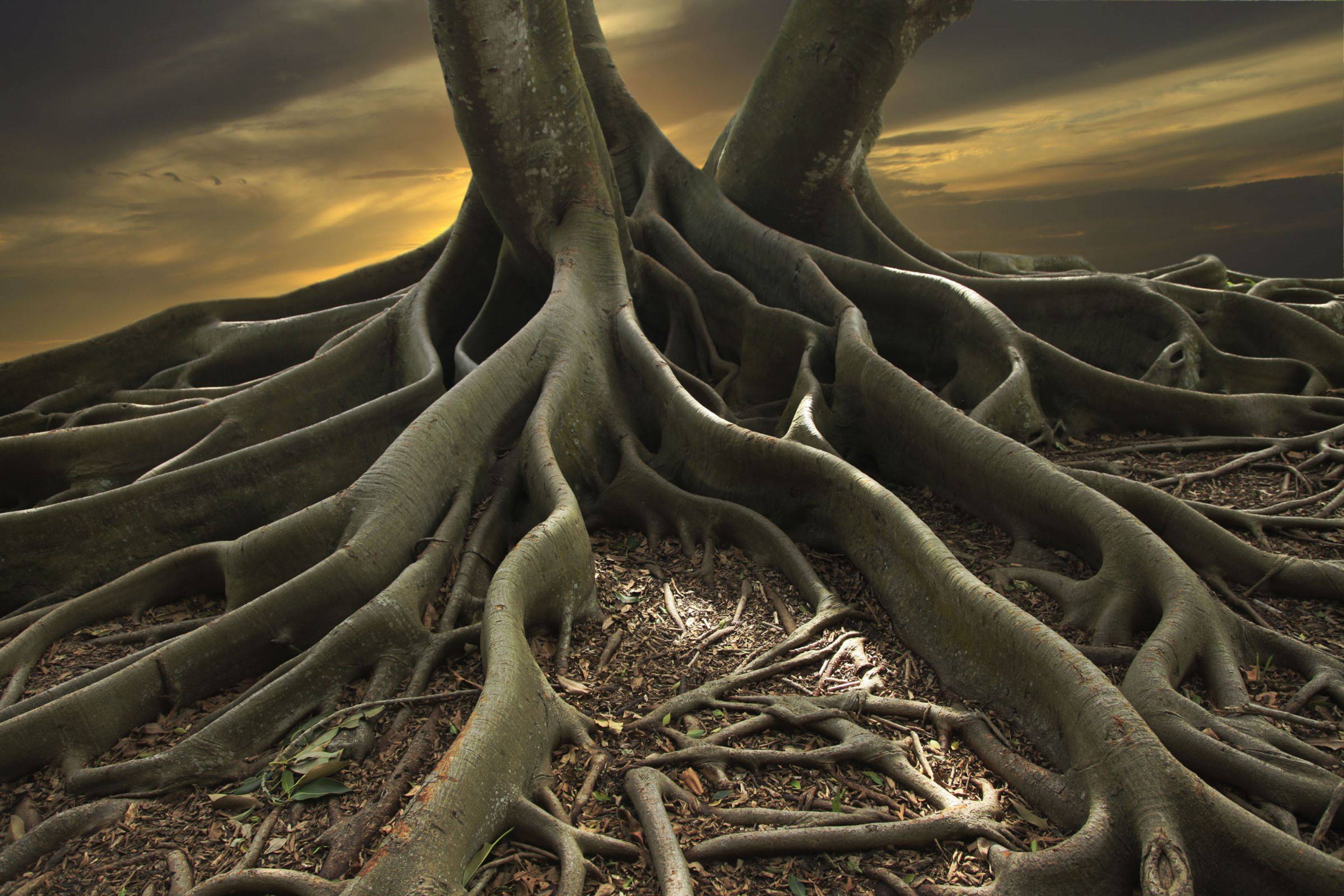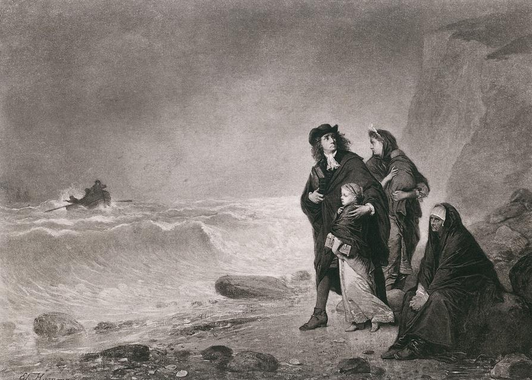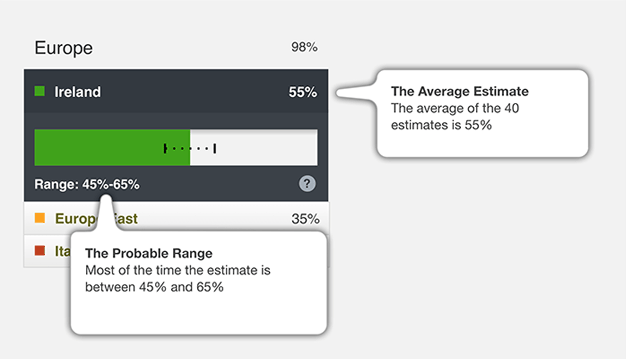I’ve always been fascinated by ancestry for as long as I can remember, but probably moreso because as a child, I knew very little about my blood mother, who we used to all refer to as my “real” mother. In fact, story has it that she simply disappeared when I was around 2 and that little was known about her except that she was living in Florida and from French descent. I always probed – what do you mean by French descent? The response was always the same — “her mother spoke French, her father was French, they lived in Canada for awhile, dunno.”
So I was left wondering whether they were French Canadian or French European, but always thought the latter and later learned that her parents and grandparents were more old school French that I originally imagined and that on my father’s side, my great grandmother who I knew personally until my teenage years when she died a ripe old age, had an ancestral past with the French Huguenots. No wonder I was so taken by the French Huguenot history and culture when I roamed through Europe like a bohemian nomad in my early twenties.
Photo credit: Reddit.com
Sometimes I wish that they had blogging tools (and the Internet for that matter) when I was that bohemian nomad, so many of those stories could have been captured online. The truth is that my travel was so bohemian, it may not have worked for a blog — I crashed with people and camped more often than not and often did swaps of sorts to make my way around the world, doing everything and anything you can imagine for my “keep”, from washing dishes, waiting on tables and smashing olives to selling art, milking cows, packing foam in a factory and picking greengages.
Through that entire era, I came across French Huguenot references several times without actually knowing it was part of my heritage. I’ve always believed that we’re creatures of knowing more than unknowing and that we naturally tap into the source of what makes us purr or light up when we listen to our own body rhythms. Then, and only then, will we synergistically migrate towards what we crave and inherently know, and life will flow like a well moving river, processing only major obstacles, not absorbing the small ones, the kind that hinder our progress in the world. They also tend to be the ones that get in the way of what could so easily be our best days otherwise.
Being connected to the earth and letting the earth guide us while listening to our body along the way (which includes our breath btw), is as close to the perfect way to live as it gets and connects us to our ancestry in ways we don’t even realize in real-time.
That brings me to something I’ve thought a lot about, which is whether our heritage and ancestral roots are connected to what we naturally crave, whether that be people and places, or food, which I wrote about a few years ago. In that article, I refer to my grandfather’s typical lunch diet, which consisted of cold meats, pickles and onions. He loved sauerkraut and we made it in one of those old fashioned wooden machines my Uncle Ed had several times over the years. Pate was also commonplace as were stews, homemade soups, and plenty of cheese.
Some of this perfectly ties into my so called French Huguenot past and my suspicion that some of my family came from East Germany or at least somewhere in the former Eastern Bloc. It turns out that as Jewish as my father’s grandmother looked at the time, if French Huguenot was indeed part of her ancestry, even if only 50%, it’s no wonder that she was so adamant about keeping Protestant alive in our family, creating more than just a mild disturbance when I was sent off to catholic school for a few years.
Historically, Huguenots were French Protestants inspired by the writings of John Calvin in the 1530’s and they were mostly concentrated in the southern and central parts of France. A series of religious conflicts followed, known as the Wars of Religion, which resulted in something referred to as the Edict of Nantes which granted Huguenots substantial religious, political and military autonomy.
The fugitives depicted above are French Huguenots – Photo from FineArtAmerica.com
So, in all the countries I’ve explored, which now exceeds 85 if I recall at last count, it’s no wonder I feel so comfortable in France, but as all Americans know, we’re muts of sorts and rarely is our ancestry from one or even two countries if we travel far enough back in time. So, where else have I felt like I “belonged” in a country you ask? Truth be told, Ireland, Scotland, Italy and parts of Eastern European culture all resonate with me at a level I can’t quite understand at the oddest of times.
Having some Irish and English heritage always made sense to me since my grandmother’s parents on my father’s side hailed from England. As far as I could tell from the laborious stories over the years, they were “oh so particular,” according to my grandfather and he’d always add “oh so English,” whatever that meant to a man with likely French Huguenot and Eastern European roots.
Alas, when I ran into the founder of Ancestry.com in Dublin Ireland late last year and we started chatting about the roots of his business (pun definitely intended), I realized I had to find out my ancestral background. What surprised me the most when I got the results was the fact that English roots were extremely far down on the list when for so long, I assumed I was only one generation removed from being all things British and whatever comes with that label. I did, after all, feel pretty comfortable when I lived in England for all those years after college, even though it seemed to take a minimum of a year before I truly understood their wit, banter and subtle candor.
So if English heritage was so far down the food chain so to speak, what was at the top? Nearly 60% fell into France and parts of Germany, something that didn’t surprise me. What DID surprise me is that nearly 20% of my make-up is Italian! Bravo I say except that my skin is far more nordic than it is Mediterranean although I tend to crave Italian food often. And, my first encounter with a Brunello stopped me in my tracks.
Screen grab blown up from Ancestry.com results and shown in miniature here
The rest of my genetic make up was scattered, from Northwest Russia and Finland to Greece, England to Ireland. What about the American Indian who bore children with one of my great uncles I thought? I’m not quite sure where that would fall, but let’s see where Ancestry.com does the breakout across the globe.
Courtesy of Ancestry.com
How does Ancestry.com determine your ethnicity estimates? They get the percentages and breakdown for your genetic ethnicity by comparing your DNA to the DNA of other people who are native to a region. The AncestryDNA reference panel contains 3,000 DNA samples from people in 26 global regions (above). They build a reference panel from a larger reference collection of 4,245 DNA samples collected from people whose genealogy suggests they are native to one region.
Each panel member’s genealogy is documented to determine whether they are indeed representative of people with a long history (hundreds of years) in that region. Then, each DNA sample from a given region is tested and compared to all others to construct the AncestryDNA reference panel. In the end, 3,000 of 4,245 individuals are chosen for the Ancestry DNA reference panel and then then compare your DNA to the DNA in the reference panel to see which regions your DNA is most like.
When they calculate your estimate for each ethnicity region, they run 40 separate analyses and your genetic ethnicity estimates and likely ranges for these estimates come from these 40 analyses.
Courtesy of Ancestry.com
The process shows the average estimate as the given percent for each region and the general spread of the 40 estimates is shown as the probable range. Ancestry.com’s analysis suggests that your actual ethnicity for this region lies somewhere in this range.
Courtesy of Ancestry.com
Going through the process is easy. You simply spit into a tube, send it off and wait for your results which you’ll receive by email. Once they arrive, you have an activation code they match with your DNA and voila, you’re given your genetic breakdown via an online account you create at Ancestry.com.
What’s more interesting however, is what you can then do with Ancestry.com as it doesn’t stop with your sample. You can create a family tree on their site and as soon as you begin a tree, they automatically look through billions of historical records, photos, and other Ancestry trees for information about your family. When they find something, a green leaf appears on your family tree.
Another cool thing about the site is the ability to dig deeper through advanced filters and downloadable research guides. Because their community is growing, you can also get tips from other members and even from fourth and fifth cousins you never knew you had. A few of my matches below….
As more members join, the likelihood of more matches increase over time. If U.S.-based, you can get a US Discovery membership, which allows you to search their 8 billion records, and build, grow and share your family tree online, attaching photos and documents. You can find distant relatives, connect with the world’s largest online family history community, record video and audio stories of your family directly from your family tree and share access to your family history so your own family and friends can join and add to the data.
It’s a cool process and definitely worth doing. I still have a boat load to do on the search side, so discovery for me is just beginning. Over time, perhaps I’ll do an update with even more exciting insights and finds. More information can be found at www.ancestry.com.

Renee Blodgett is the founder of We Blog the World. The site combines the magic of an online culture and travel magazine with a global blog network and has contributors from every continent in the world. Having lived in 10 countries and explored over 90, she is an avid traveler, and a lover, observer and participant in cultural diversity. She is also the founder of the Magdalene Collection, a jewelry line dedicated to women’s unsung voices and stories, and the award-winning author of the bestselling book Magdalene’s Journey
She is founder of Blue Soul Media and co-founder of Blue Soul Earth as well as the producer and host of the award-winning Blue Soul CHATS podcast, that bridges science, technology and spirituality. Renee also founded Magic Sauce Media, a new media services consultancy focused on viral marketing, social media, branding, events and PR. For over 20 years, she has helped companies from 12 countries get traction in the market. Known for her global and organic approach to product and corporate launches, Renee practices what she pitches and as an active user of social media, she helps clients navigate digital waters from around the world. Renee has been blogging for over 16 years and regularly writes on her personal blog Down the Avenue, Huffington Post, BlogHer, We Blog the World and other sites. She was ranked #12 Social Media Influencer by Forbes Magazine and is listed as a new media influencer and game changer on various sites and books on the new media revolution. In 2013, she was listed as the 6th most influential woman in social media by Forbes Magazine on a Top 20 List.
Her passion for art, storytelling and photography led to the launch of Magic Sauce Photography, which is a visual extension of her writing, the result of which has led to producing six photo books: Galapagos Islands, London, South Africa, Rome, Urbanization and Ecuador.
Renee is also the co-founder of Traveling Geeks, an initiative that brings entrepreneurs, thought leaders, bloggers, creators, curators and influencers to other countries to share and learn from peers, governments, corporations, and the general public in order to educate, share, evaluate, and promote innovative technologies.















